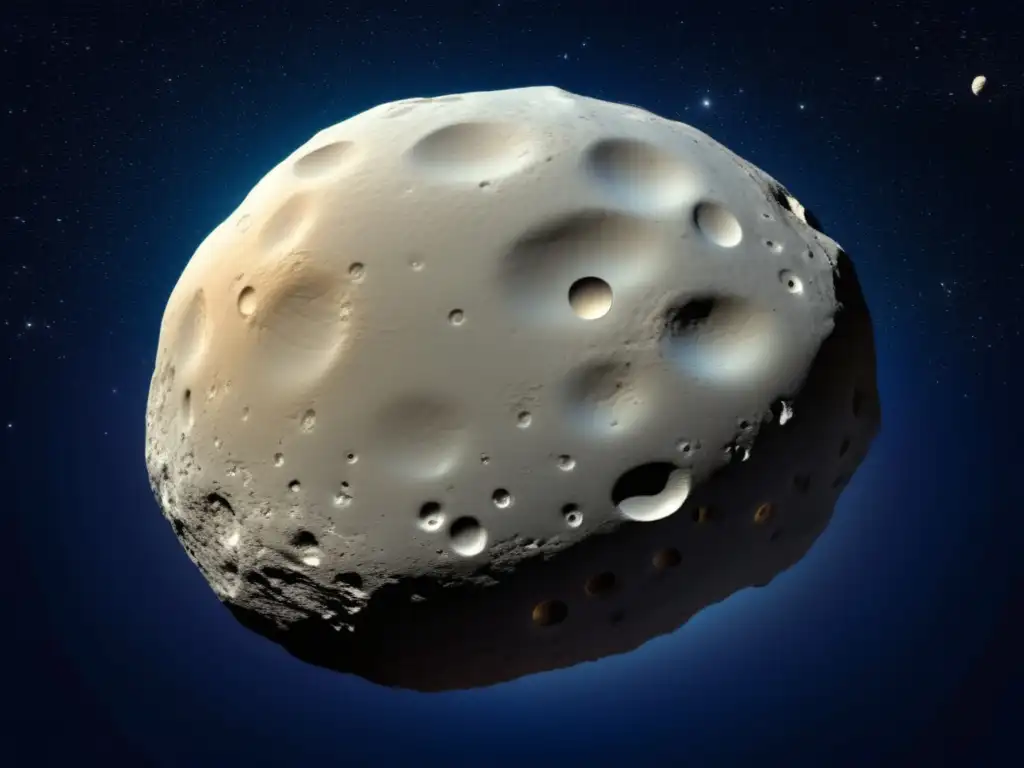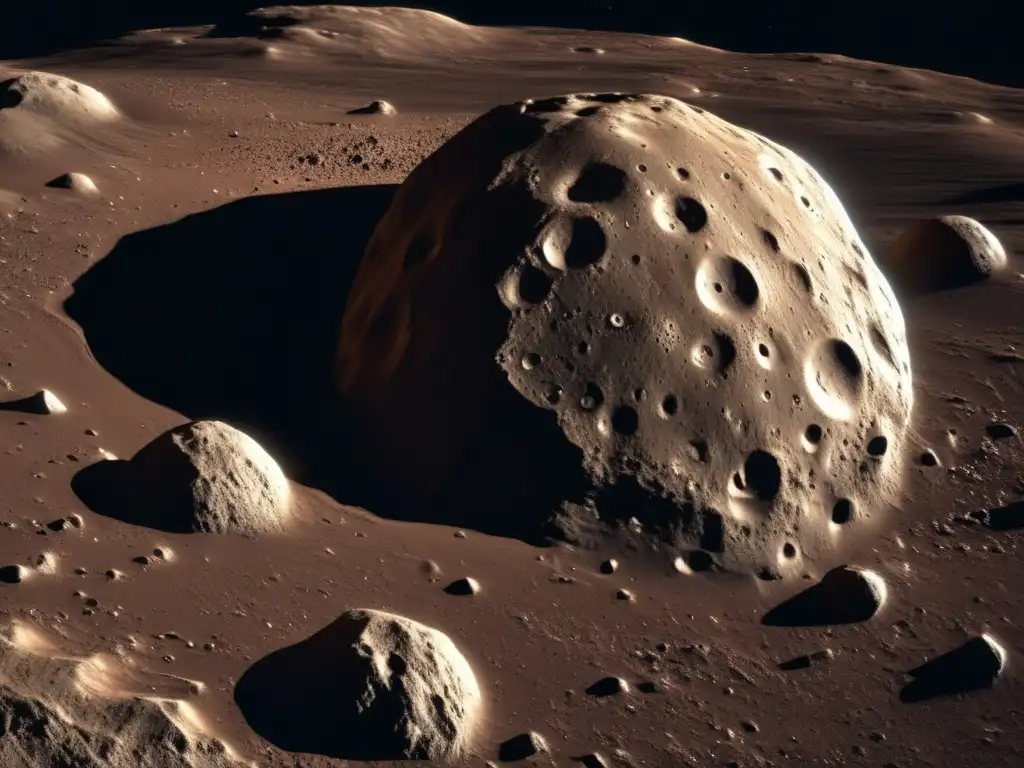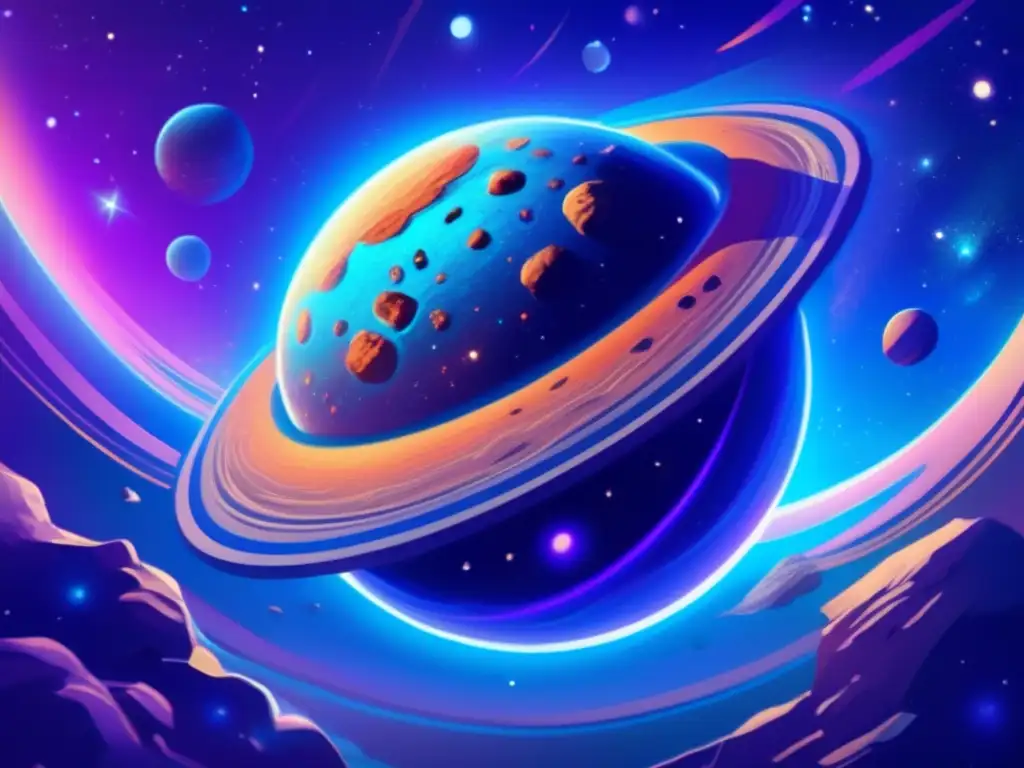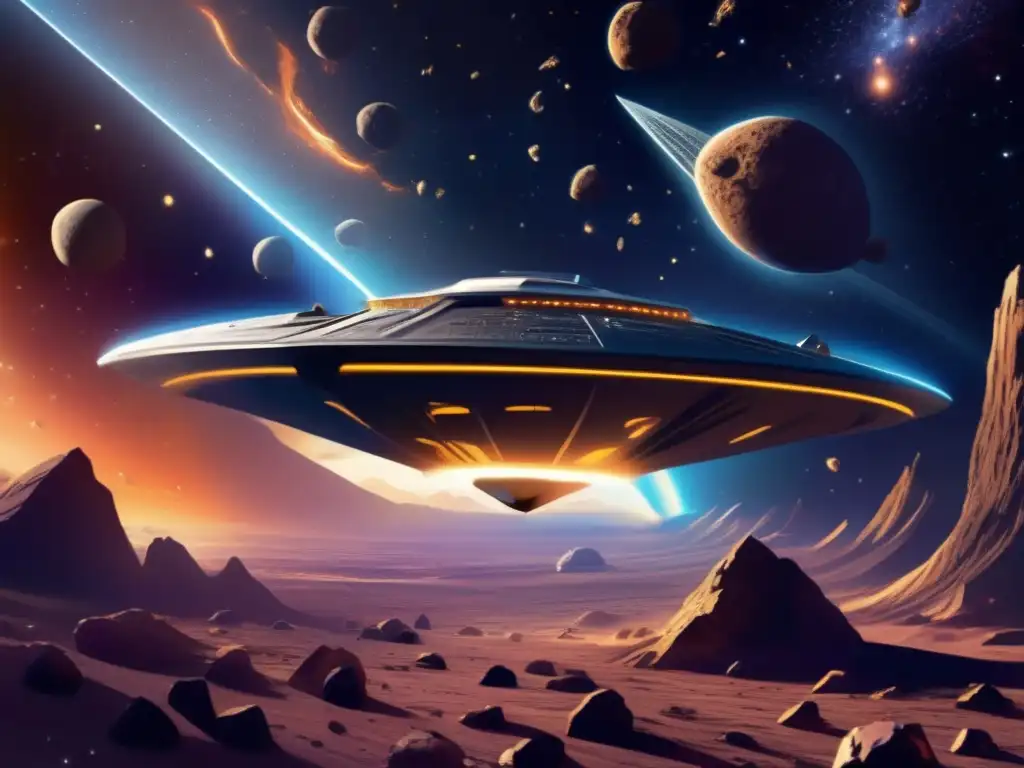Unraveling The Secrets Of Asteroid Euryalus

Introduction
Asteroids have always captivated the imagination of astronomers and space enthusiasts. These celestial bodies, remnants of the early solar system, hold valuable information about the formation and evolution of our cosmic neighborhood. In this article, we will delve into the fascinating world of asteroid Euryalus, exploring its history, composition, and significance.
Discovery and Naming

Discovery
Euryalus was discovered on September 22, 1857, by French astronomer Hermann Goldschmidt. It was one of the many asteroids he discovered during his illustrious career, contributing significantly to our understanding of the solar system.
Naming
Euryalus was named after a character in Greek mythology. In Homer's epic poem, the Iliad, Euryalus was a brave warrior and a close companion of Nisus.
Physical Characteristics

Size and Shape
Euryalus has an estimated diameter of approximately 68 kilometers. Its shape is irregular, suggesting a complex history of collisions and gravitational interactions with other celestial bodies.
Composition
Based on spectroscopic analysis, Euryalus is classified as an S-type asteroid, which means it is likely composed of silicate minerals and nickel-iron metal. These types of asteroids are believed to originate from the inner regions of the asteroid belt.
Surface Features
Although detailed observations of Euryalus' surface are limited, it is believed to exhibit various geological features such as craters, ridges, and possibly even valleys. These features provide valuable insights into the asteroid's history and processes that have shaped its surface.
Orbit and Significance

Orbital Characteristics
Euryalus orbits the Sun in the asteroid belt, located between the orbits of Mars and Jupiter. Its average distance from the Sun is approximately 2.76 astronomical units (AU), with an orbital period of about 4.8 years. The inclination of its orbit relative to the plane of the solar system is approximately 6.7 degrees.
Asteroid Families
Euryalus belongs to the Eos family, a group of asteroids characterized by similar orbital elements and composition. This family is believed to have originated from a common parent body that suffered a catastrophic collision in the past.
Scientific Significance
Studying asteroids like Euryalus provides valuable insights into the early stages of our solar system's formation. By analyzing their composition and physical characteristics, scientists can better understand the processes that led to the creation of planets and other celestial bodies.
Frequently Asked Questions

-
What is the diameter of asteroid Euryalus?
Euryalus has an estimated diameter of approximately 68 kilometers.
-
What is the significance of Euryalus?
Studying Euryalus helps scientists understand the formation and evolution of our solar system.
-
Which asteroid family does Euryalus belong to?
Euryalus belongs to the Eos family, known for their similar orbital elements and composition.
-
When was Euryalus discovered?
Euryalus was discovered on September 22, 1857, by Hermann Goldschmidt.
-
What is the composition of Euryalus?
Euryalus is classified as an S-type asteroid, composed of silicate minerals and nickel-iron metal.
Conclusion
Euryalus offers a glimpse into the mysteries of our solar system, revealing clues about its formation and history. By studying this fascinating asteroid, scientists can piece together the puzzle of our cosmic neighborhood. Let us continue to explore and unravel the secrets of asteroids like Euryalus, as they hold the key to unlocking the mysteries of the universe.
We encourage you to share your thoughts and insights in the comments section below. Engage with our community and consider subscribing to stay updated with the latest discoveries in the world of asteroids. Thank you for your time and attention.
Additional Resources

For further information on asteroids and their significance, please visit the following resources:
- NASA - Asteroid and Comet Watch
- International Astronomical Union - Asteroids
- NASA Solar System Exploration - Asteroids
 Investigating The Fascinating Features Of Asteroid Capys
Investigating The Fascinating Features Of Asteroid Capys Asteroid Polyxena: An In-depth Analysis
Asteroid Polyxena: An In-depth Analysis Exploring The Mysteries Of Asteroid Agamemnon
Exploring The Mysteries Of Asteroid AgamemnonIf you want to discover more articles similar to Unraveling The Secrets Of Asteroid Euryalus, you can visit the Asteroid Profiles category.
Leave a Reply

Articulos relacionados: